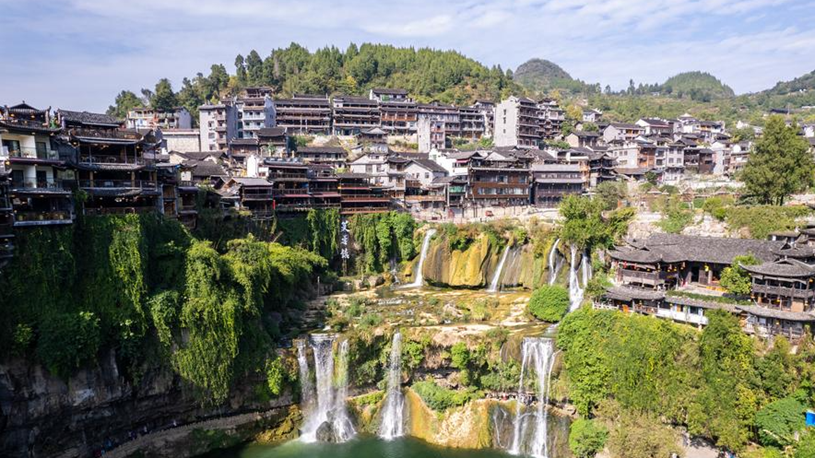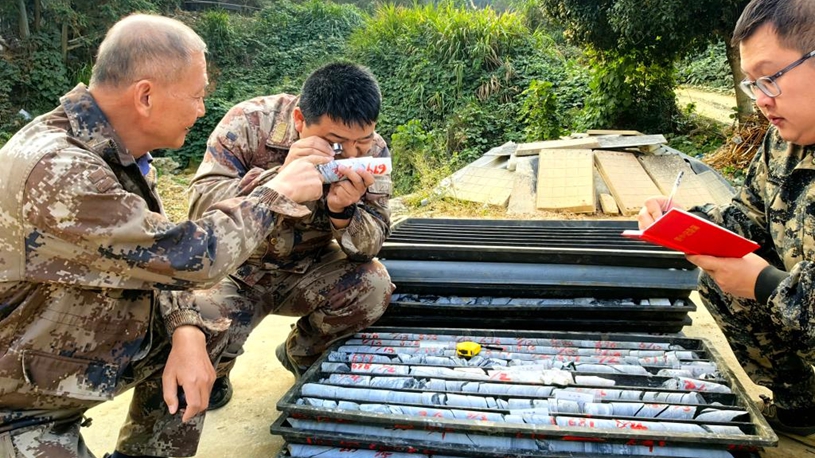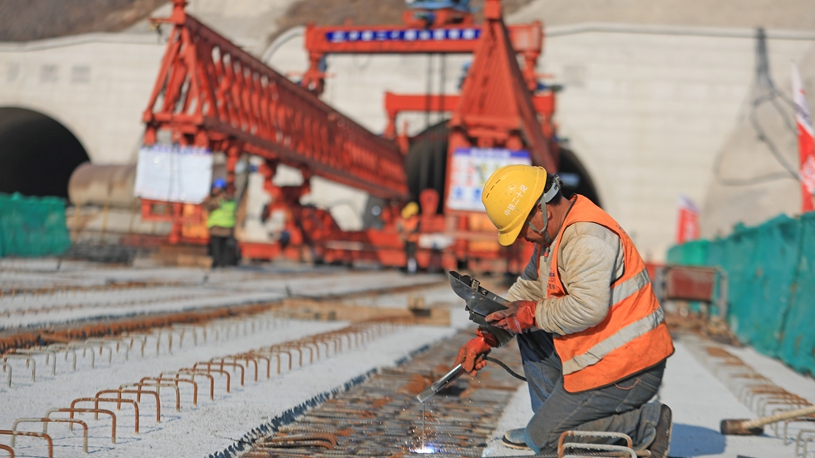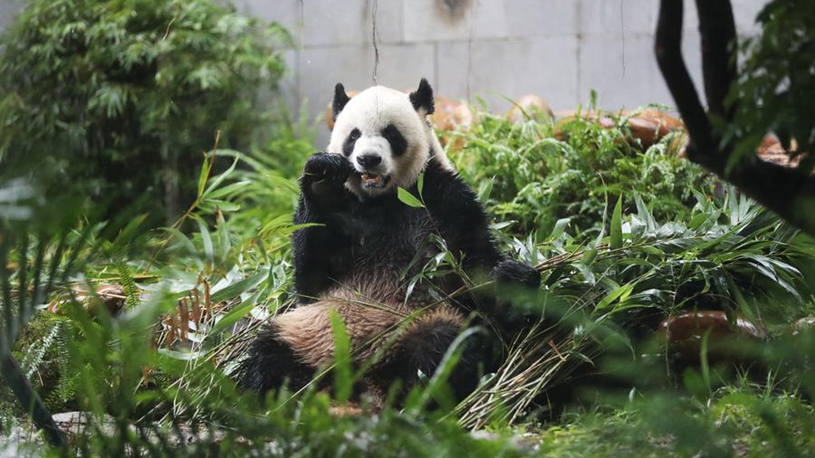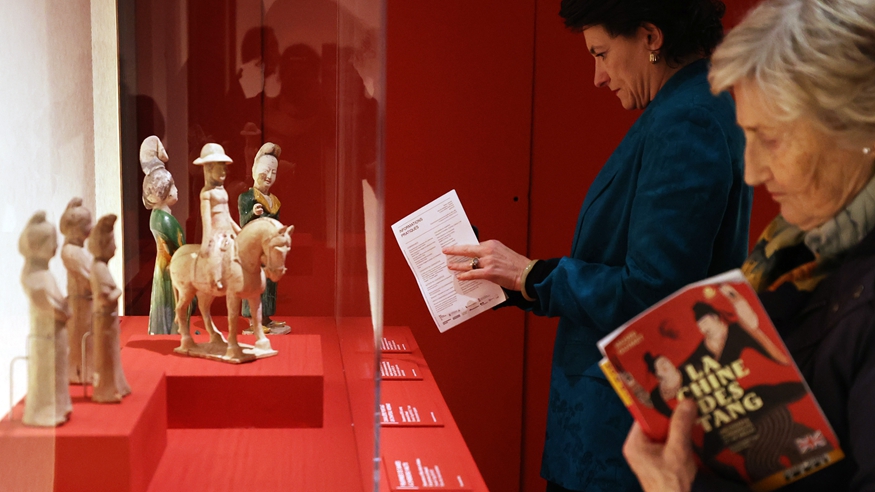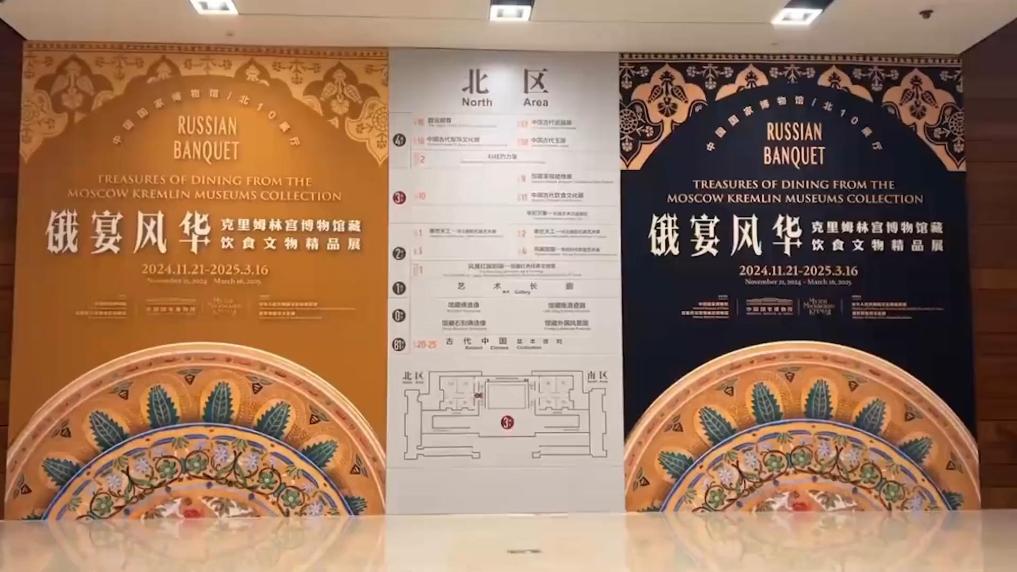BEIJING, Nov. 22 (Xinhua) -- Five or six days each week, Ariel Peng heads to the gym after work or during her lunch break, fitting in workouts ranging from 40 minutes to an hour.
At 29, Ariel works as a quality manager at a multinational pharmaceutical company in Beijing, balancing a demanding job with her commitment to fitness.
Her go-to brand for both workouts and daily wear is lululemon, which she started buying in 2019. "I first liked the Align series because it's both snug and lightweight, without feeling restrictive," she explains, referring to the brand's bestselling leggings.
Over the years, Ariel has spent more than 50,000 yuan (about 6,900 U.S. dollars) on the Canadian sportswear brand, appreciating its blend of performance and style. These days, she wears lululemon not just at the gym but also on her commute and in casual settings. "Their designs are comfortable and versatile," she said.
Ariel's lifestyle reflects a rising trend among Chinese people, especially urban residents, for whom fitness and health have become integral parts of daily routines. For many, gym sessions, yoga classes and outdoor runs are no longer occasional activities but essential habits.
This growing fitness culture is reshaping not only how people spend their time but also how they spend their money. Sportswear, once seen as purely functional, has become a key component of everyday wardrobes.
Industry reports indicate that China's sportswear market has grown rapidly, reaching nearly 500 billion yuan in 2023.
During this year's Singles' Day shopping festival, which ran from October to mid-November, 34 brands in the sports and outdoor category achieved sales exceeding 100 million yuan on Tmall, China's leading e-commerce platform.
DRIVING NEW TRENDS
The rise of sportswear has sparked new fashion movements in China, such as "athleisure" and "gorpcore." Many, like Ariel, now wear sportswear or sport-inspired clothing not just for exercise but also to work and social outings.
Leggings, tennis skirts and polo shirts have transcended their traditional settings, becoming mainstream fashion staples for their blend of comfort and style.
Gorpcore, a trend emphasizing rugged, functional outdoor wear, gained popularity after the pandemic as more people embraced outdoor activities. Jackets designed for mountaineering, weather-resistant shoes and utility backpacks have become fashion essentials. These pieces are prized not only for their practicality but also for their versatility, seamlessly transitioning from outdoor adventures to urban life.
For many, the appeal of gorpcore lies in its simplicity, freedom and expression of individuality. Wang Xinyu, a 28-year-old office worker in Shanghai, traded her collection of dresses -- once paired with carefully coordinated hairstyles, jewelry and heels -- for outdoor-inspired clothing. "It feels liberating," she said. "Outdoor apparel is versatile, minimalist and still stylish."
Social media platforms like Xiaohongshu have amplified these trends, with users frequently sharing photos of sporty outfits and snapshots from hiking trips. This has created a culture that celebrates active and outdoor lifestyles.
The growing demand for sportswear has driven the success of premium brands. Lululemon reported a 34 percent year-on-year increase in net revenue on the Chinese mainland in the second quarter of this year. Since entering the market in 2013, the brand has opened more than 130 stores across China and continues to experience strong growth.
Amer Sports, the parent company of outdoor gear maker Arc'teryx, saw a 17 percent year-on-year increase in revenue to 1.35 billion U.S. dollars and a 257 percent surge in profit. Revenue in China surged by 56 percent, making it the company's fastest-growing market.
PRESENTING NEW OPPORTUNITIES
According to the Outdoor Sports Industry Development Plan (2022-2025), over 400 million people in China participate in outdoor activities. The plan, jointly released by the General Administration of Sport of China and other government departments, underscores the sector's growing importance.
In Western countries, the proportion of people participating in outdoor sports is around 60 to 70 percent of the total population, said Professor Zhou Lijun, director of the National Sports Industry Research Base at Zhejiang University.
"With China's vast population base and the current enthusiasm for outdoor activities, the industry's potential is enormous if participation continues to grow," Zhou explained, citing increasing health awareness and supportive government policies as key drivers.
The Chinese government's Healthy China 2030 initiative aims to have 530 million Chinese residents regularly participating in physical exercise by 2030.
China's sportswear market is projected to reach a valuation of 599 billion yuan by 2027.
Earlier this month, lululemon made its debut at the China International Import Expo (CIIE).
"By 2026, we expect the Chinese mainland to become our second-largest market globally, with over 200 stores," said André Maestrini, executive vice president for lululemon's international markets.
"We are committed to continued investment in China to unlock further growth potential and engage more people with our brand," Maestrini added. ■

